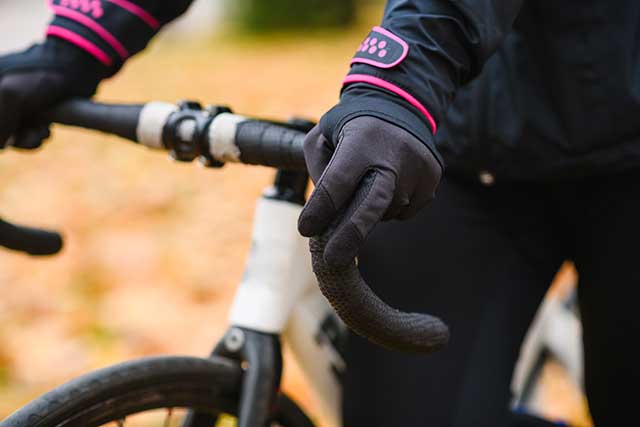When hitting the trails on your bike, finding the right gloves can be as crucial as choosing the right bike. In this guide, we’ll introduce to you the best gloves to use when trail biking, highlighting its importance, as well as the varieties you can choose from, and other considerations to ponder before gearing up for your next journey.
The Importance of Trail Biking Gloves
Trail biking isn’t just about the adrenaline rush; it’s about maneuvering through varying terrains, tackling obstacles, and ensuring a secure grip on your handlebars. Gloves play an underrated role in this scenario. They are your direct interface with the bike, safeguarding your hands and enhancing control.
Understanding the Needs
Before diving into the best gloves, understanding your specific needs is key. Factors like terrain type, weather conditions, and personal comfort levels profoundly impact the choice of gloves. Are you navigating rocky terrains that demand extra padding, or are you riding in hot climates where breathability is a priority? Identifying these nuances helps pinpoint the perfect glove match.
Exploring Glove Varieties

Trail biking gloves come in various styles: full-fingered, half-fingered, padded, lightweight, weather-resistant—the list goes on. Each designed to cater to specific needs and preferences. These distinctions aren’t just about fashion; they serve practical purposes.
1. Full-fingered gloves– they are like a shield for your hands, offering extra protection against scratches, abrasions, and even unexpected falls. They’re particularly handy when you’re tackling rugged terrains with potential obstacles.
2. Half-fingered gloves- prioritize breathability and dexterity. These are great for warmer weather, allowing better airflow and enabling easy manipulation of your bike’s controls.
3. Padded- these types of gloves bring an extra layer of cushioning to the mix, which can be a game-changer on rocky or uneven trails. They absorb shocks and impacts, reducing the strain on your hands and improving overall comfort during long rides.
4. Lightweight gloves- focus on agility and minimalism, providing basic protection without compromising mobility.
5. Weather-resistant gloves– These come in various forms, some offering water resistance to shield against unexpected showers, while others prioritize wind protection to keep your hands warm during chilly rides. Balancing protection with breathability becomes crucial in such scenarios, ensuring your hands stay dry and comfortable without overheating.
The Quest for Durability
Durability is an important factor. Imagine investing in a pair of gloves only to have them tear after a few rides. Reinforced stitching, high-quality materials, and robust construction are essential indicators of a glove’s longevity. Quality often outweighs the initial cost when considering the longevity of your gear.
Weather Adaptability
Trail biking encounters diverse weather conditions. From scorching heat to unexpected rain, your gloves need to adapt. Look for a type that offers breathability without compromising protection. Water-resistant or waterproof materials can be a game-changer in unpredictable weather.
Personalized Comfort
Comfort is king during long rides. Ill-fitting or uncomfortable ones can cause distractions and discomfort, impacting your cycling performance as well as your safety. Ensure that it fits snugly without being too tight, allowing freedom of movement and avoiding chafing or blisters.
Brand Reputation and Reviews
In a market flooded with options, scrolling through brands can be daunting. Prioritize brands known for their biking gear expertise and reliability. Additionally, delve into user reviews and experiences; they often unveil nuances that specifications might overlook.
Balancing Price and Quality
Budget plays a role, but compromising quality for a cheaper price tag might not serve well in the long run. Opting for a mid-range or higher-priced glove that ticks all the necessary boxes of durability, comfort, and functionality could be a prudent investment.
Things to Consider
Beyond the primary factors, other aspects like touchscreen compatibility for GPS devices, sweat-wicking capabilities, and wrist closure mechanisms can elevate the overall biking experience. These might not be deal-breakers but are definitely worth considering.
Key Takeaways
Selecting the best gloves for trail biking is a process that involves understanding individual preferences, considering terrain and weather conditions, and balancing various features. The quest for the ideal gloves isn’t just about the brand or price but finding the perfect amalgamation of comfort, durability, and functionality tailored to your biking adventures. Whether it’s navigating rocky trails or enduring changing climates, the right gloves serve as your reliable companions, ensuring a smoother and safer ride.